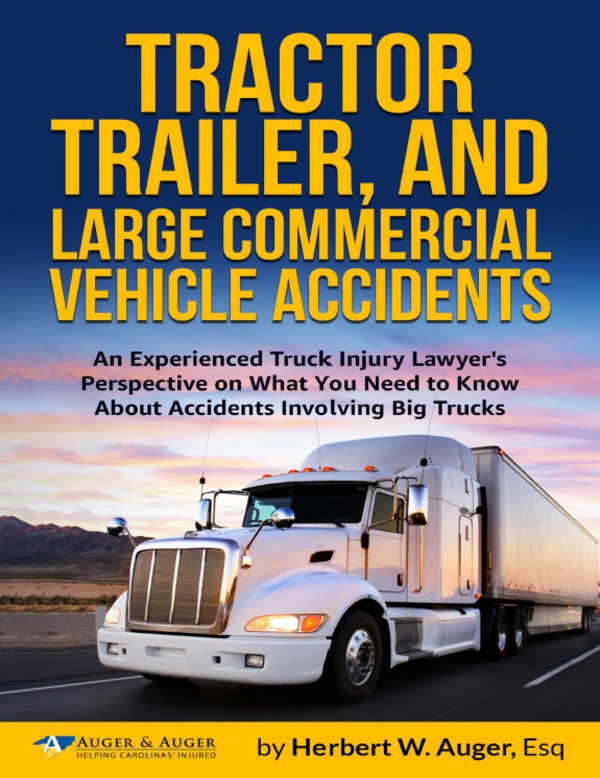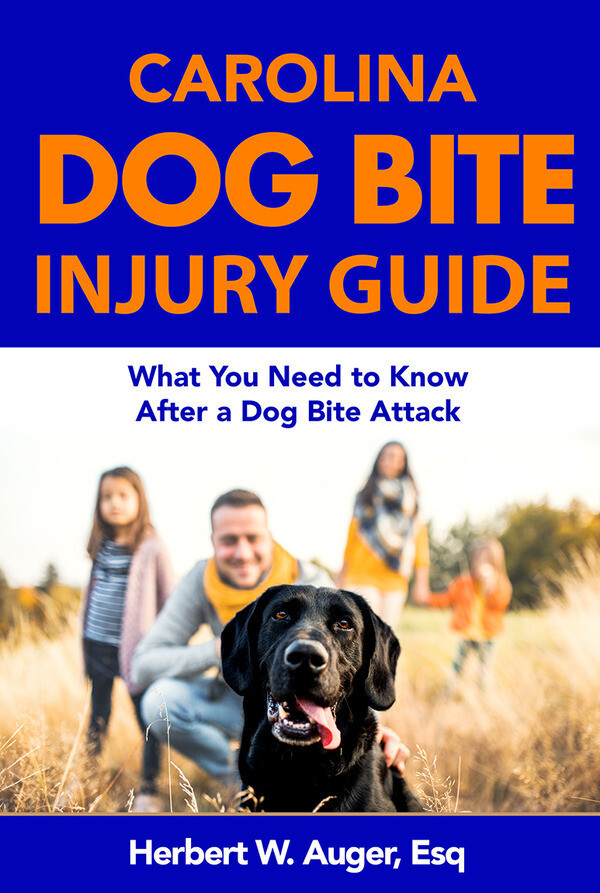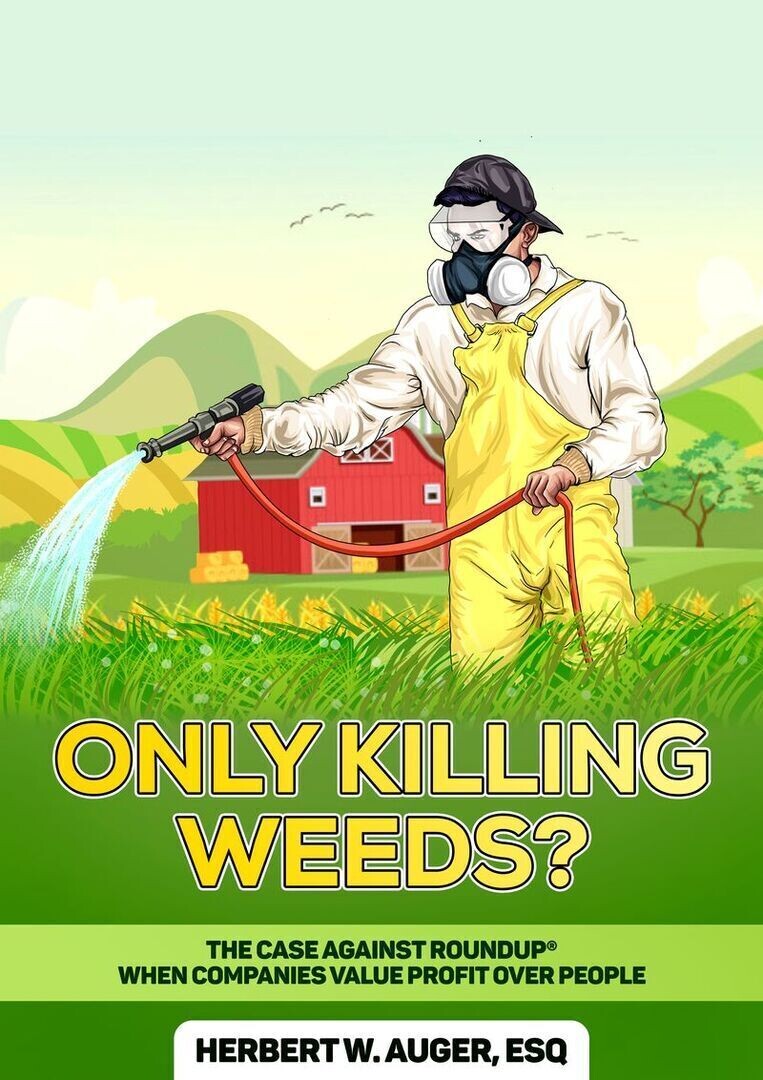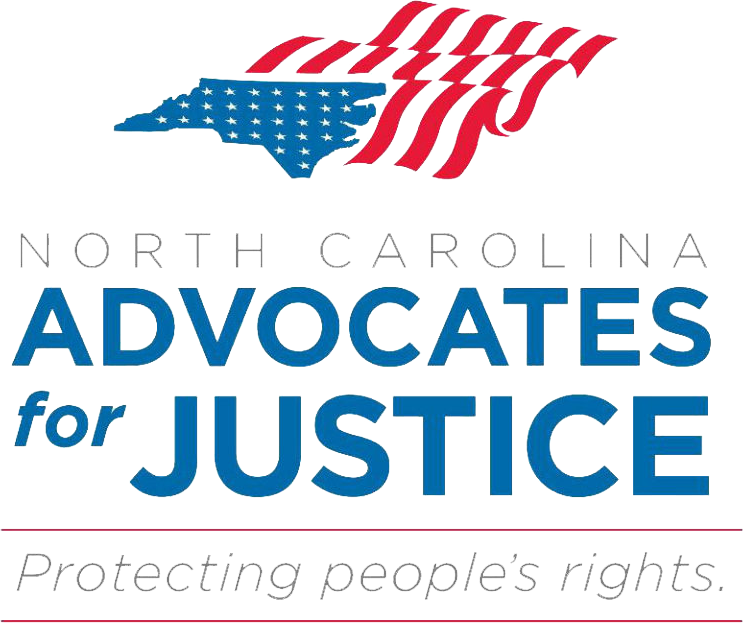Maybe you just got your first bike, or you’ve been burning rubber for 20 years. No matter how long you’ve been riding a motorcycle, it can be a dangerous option. Cars don’t always look out for bikers, and a sudden storm can make riding difficult, to say the least. However, riding can be even more dangerous if you aren’t taking the right precautions.
Even if you’ve been riding for half your life, you may have picked up some bad habits along the way. While they may not have been too harmful so far, they can be deadly at any time. Make sure you’re following these safe riding tips every time you get on your motorcycle:
Check Your Bike Regularly
Every time you’re ready to hit the road, you should check your mirrors to make sure they’re positioned correctly. You should also check your tires to make sure they haven’t cracked, picked up a nail or otherwise gotten damaged.
Every now and then, you should also check your chain or drive belt for any cracks or damage; discovering any issues while you’re riding isn’t optimal, to say the least. Take time to also occasionally check your fluid lines, brake lines and any other tubing on your bike. While you probably checked everything then you first took your bike out for riding season, checking on the health of your motorcycle throughout the warm months is crucial.
- Know How Far You Can Go
Imagine your bike has half a tank of gas left. Do you know how far that half tank can take you? If you’re not sure about your average miles per gallon, you could find yourself stranded — especially if your bike doesn’t have a fuel gauge.
If you like exploring new roads, especially backroads, on your motorcycle, knowing your mileage can keep you from being stuck in the middle of nowhere without a gas station in sight.
- Wear the Right Gear
If you’re a relatively new rider, you may not realize how dangerous it is to ride with the wrong gear on. Even veteran riders can become complacent and wear jeans or a T-shirt on a summer day. This is a mistake.
At minimum, you should have a DOT-approved helmet, a riding jacket, riding gloves, riding pants and sturdy boots on every time you take a ride. Even if it’s a hundred degrees out, having this attire can literally save your skin in the event of a wreck. Remember: Dress for the slide, not the ride.
- Know Your Local Laws
Some states have helmet laws. Others don’t. Yet other states require you to wear eye protection. You may be required to have two mirrors, one mirror or have no requirements at all. In some cities and states, it’s legal to split lanes; in others it’s not. You should know the laws of your area and make sure you aren’t going to get into legal trouble while riding.
Moreover, you should know the laws of any area you’ll be driving through. A cross country ride can be therapeutic, but getting a ticket three states away is an easy way to ruin your trip.
- Don’t Buy More Motorcycle Than You’re Ready For
Imagine driving minivan for most of your life, then upgrading to a sports car. It can be easy to overdo it and get in a wreck. The same goes for motorcycles. Whether you’re buying your first one or you’re upgrading, make sure you can handle what you’re getting. For instance, going from a cruiser or a chopper to a sport bike can be dangerous if you don’t know how to handle that extra speed and smaller body.
More than the style, your bike should fit. That means you should be able to sit on it with your feet flat on the ground, the handlebars should be easy to reach and you should be able to get on and off the bike easily.
- Keep Honing Your Skills
Even if you’ve been riding your motorcycle for years, there are still skills you can probably improve on. You know your weaknesses, and it’s never too late to get better. And if you take certain safety courses, you could even save money on your insurance bill.
There are few better things you can do, especially as a new rider, than attend a Motorcycle Safety Foundation course. Not only will you learn more about riding safely, you might also get a discount on a new motorcycle and could even skip the road and/or written test of the licensing process, depending on your state.
- Ride Defensively
We’ve all seen those sports bike riders who zip in and out of highway traffic at high speeds. While that may seem fun, it’s a lot safer to actually drive defensively. In motorcycle vs. car accidents, the car driver is found to be at fault 60 percent of the time. Motorcycles are simply tougher to see on the road than other cars, and drivers are often not paying attention.
So, it’s up to you to make sure you stay safe. Watch for cars changing lanes or suddenly coming onto the road, and be ready to take evasive action. You should also leave plenty of room between you and the car in front of you; not only does it give you more time to react to their actions, but it also helps you keep an eye on any obstacles in the road.
- Be Smart
It’s easy to be full of hubris when you get on a motorcycle, no matter how long you’ve been riding. Don’t make mistakes that are easy to avoid. For instance, experienced riders can get in a wreck in bad weather just as easily as new riders. And no matter how long you’ve been riding, sliding on the pavement in a short sleeve shirt hurts just as much.
If there’s a way you can personally make your riding safer, do it. Not only will other drivers and riders thank you, but it could end up saving your life.
















